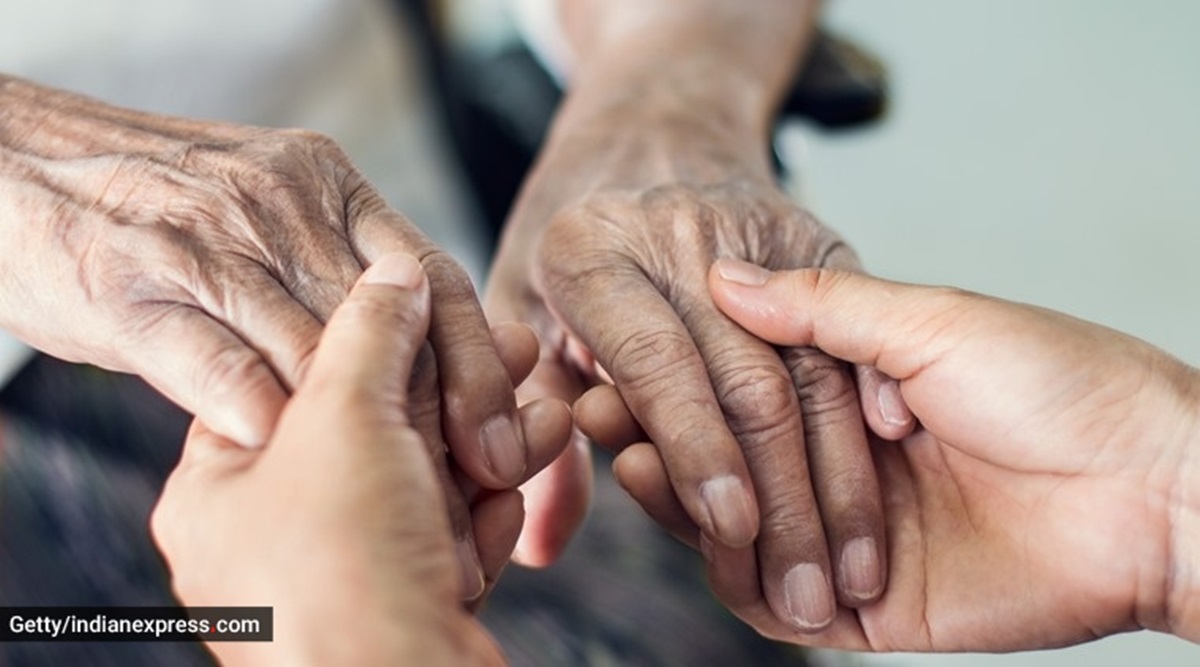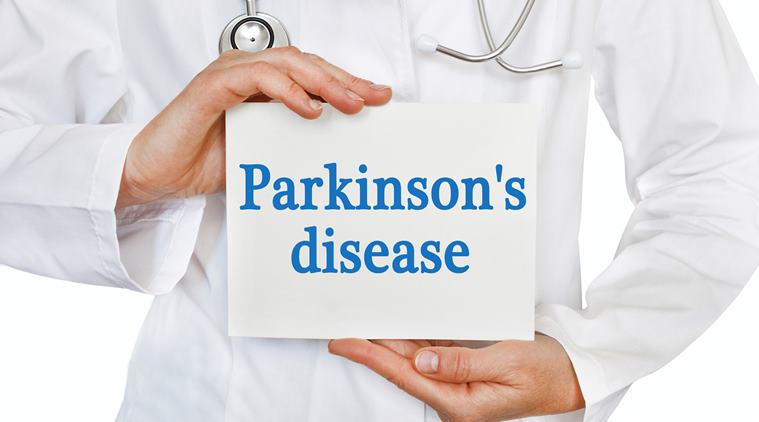Parkinson’s disease: Debunking common myths about signs, treatment

"Tremor is very common in Parkinson's Disease, but 10-15 per cent of patients may not have tremor at all"

Every year, the month of April is observed as ‘Parkinson’s Awareness Month’, and on April 11, people from around the world come together to raise awareness about this degenerative brain disorder.
According to Dr Pankaj Agarwal, head of the Parkinson’s and Movement Disorders clinic and DBS Program at Global Hospitals Mumbai, it is the degeneration of dopamine-producing cells in the substantia nigra, a small but crucial area located deep inside the brain, which is the root cause of Parkinson’s disease (PD).
“Dopamine is the chemical that carries the signal within motor circuits of the brain, and when its levels decrease or are not enough, one develops the shaking, slowness and stiffness of body parts typical of PD,” explained Dr Agarwal.
He shared some common myths and misconceptions around several aspects of PD.
Myth 1: ‘Parkinson’s means only shaking hands’
Fact: Tremor is common in PD, but 10-15 per cent of patients may not have tremors at all. These patients may instead have slowness, stiffness of their body parts, walking difficulty and loss of balance as their main problems. Each patient with PD has different symptoms and no two patients are alike.
Myth 2: ‘Parkinson’s only causes body movement-related (motor) problems’
Fact: ‘Non-motor’ symptoms such as depression, sleep disturbances, constipation, lack of smell, urinary incontinence, and dizziness on standing are all common and important features that need proper attention and treatment in PD patients, alongside the more obvious motor features.
Myth 3: ‘There is no good treatment for Parkinson’s’
Fact: There are several treatments that allow patients to live much better, and even near-normal lives, when properly used by PD specialist doctors such as movement disorders neurologists. Dopamine-altering medications of various types, physiotherapy and lifestyle modification all play an important role. In some patients, where the disease is advanced or severe, surgery (DBS) will very effectively control symptoms, as well as have a very good quality of life for a long period of time.
Myth 4: ‘If I have Parkinson’s, I will become disabled or die early’
Fact: Not true. PD is not a fatal disease, unlike a severe heart attack or stroke. Most patients with Parkinson’s, if provided early and appropriate neurological care, can lead near-normal lives with a near-normal lifespan and manageable symptoms.
Myth 5: ‘If I have PD, there is not much I can do besides taking medicines lifelong’
Fact: There are many simple lifestyle modifications for PD. Eating right, healthy food, regular exercise, yoga and meditation all help maintain a sense of independence and a better quality of life for a long period of time. Also for selected patients with severe disease, there is surgical treatment available for advanced PD, called deep brain stimulation (DBS). DBS is a procedure in which electrodes are placed in the brain in areas directly controlling body movements, to very effectively reduce tremor, stiffness and slowness.

Myth 6: ‘Parkinson’s is found only in old people’
Fact: Although the majority of PD patients are over the age of 60 years, early — or young-onset PD, when symptoms start before the age of 40 — is also increasingly common. Do not be surprised if you see someone with PD in their 30s or even 20s.
Myth 7: ‘Parkinson’s never runs in families as it is not hereditary’
Fact: While this may be true in the majority (80%+) PD cases, at least 15-20 percent of Parkinson’s is now considered to be genetic in origin. Several genes are now well known to cause PD and cause in many members of one family.
Myth 8: ‘Stem cell therapy can cure Parkinson’s’
Fact: Incorrect. There is no scientific evidence that it helps and it can even be harmful. Worldwide, scientific Parkinson’s communities advise patients to stay away from stem cell therapy and other unscientific claims of a cure. Indeed there is no cure for PD yet and research is underway.
Myth 9: ‘Deep brain stimulation is “experimental” therapy’
Fact: While it may sound frightening and futuristic, it’s been around and successfully used for decades, with >150,000 PD patients having undergone DBS worldwide. DBS works very similarly to a pacemaker, except the wire is in the motor part of the brain, not in the heart. It is one of the safest brain surgeries that exist, as it is very minimally invasive. Scientific evidence in favour of DBS has been around for 20 years and is indeed increasing every year. It’s been a standard procedure for PD worldwide for the past two decades.
Source: Read Full Article